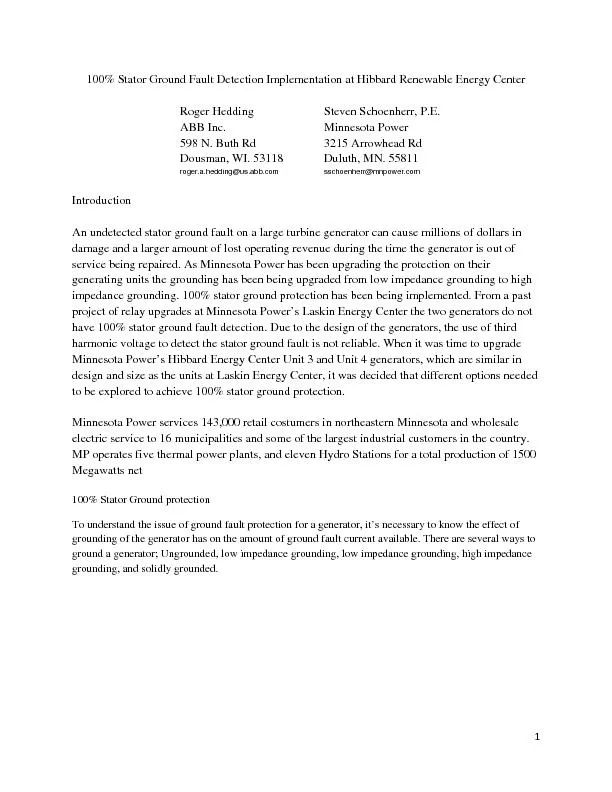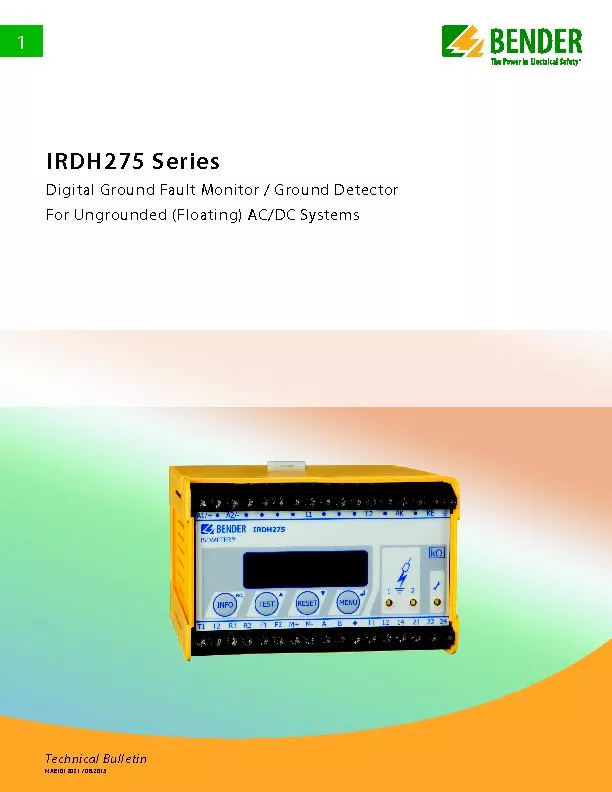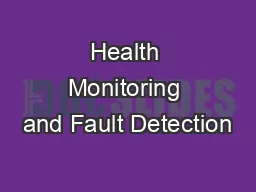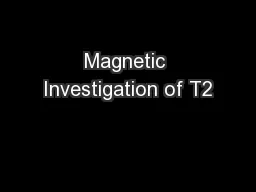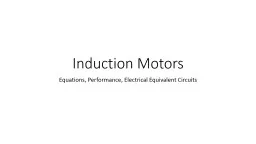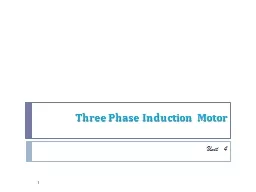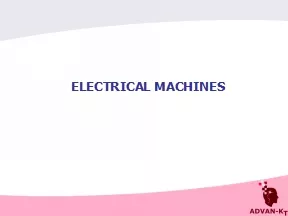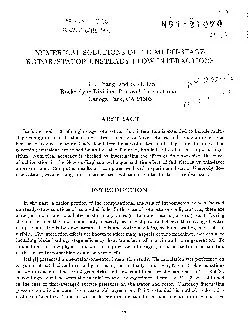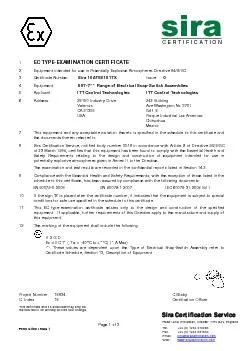PDF-100% Stator Ground Fault Detection ImplementaRoger Hedding Steven Sch
Author : cheryl-pisano | Published Date : 2016-08-07
2 Types of Grounding Ungrounded Generator is grounded through the winding and cable capacitance Fault current is negligible This type grounding rarely used for generators
Presentation Embed Code
Download Presentation
Download Presentation The PPT/PDF document "100% Stator Ground Fault Detection Imple..." is the property of its rightful owner. Permission is granted to download and print the materials on this website for personal, non-commercial use only, and to display it on your personal computer provided you do not modify the materials and that you retain all copyright notices contained in the materials. By downloading content from our website, you accept the terms of this agreement.
100% Stator Ground Fault Detection ImplementaRoger Hedding Steven Sch: Transcript
Download Rules Of Document
"100% Stator Ground Fault Detection ImplementaRoger Hedding Steven Sch"The content belongs to its owner. You may download and print it for personal use, without modification, and keep all copyright notices. By downloading, you agree to these terms.
Related Documents

